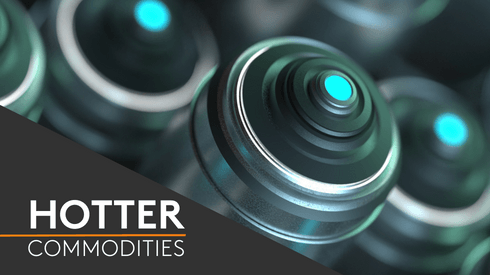In response to a recent electric vehicle (EV) fire in Incheon that caused evacuations and injury, the South Korean government is to urge automakers operating in the country to disclose battery manufacturers and offer free inspections, according to a media release from the country’s Ministry of Trade, Industry and Energy.
The blaze caused by a Mercedes-Benz electric vehicle (EV) has left some 140 cars damaged and 23 people hospitalized in Incheon on Thursday August 1, according to sources.
The South Korean government held a high-level meeting, which included the country’s Ministry of Trade, Industry and Energy, Ministry of Environment and the National Fire Agency on August 13.
The outcome was that the Korean government will issue an advisory urging every electric vehicle automaker in Korea to disclose battery manufacturers and offer free inspections to owners to calm public concerns over EV safety.
Several automakers, including Hyundai, Kia, BMW Korea and Mercedes-Benz Korea, have responded to the call and revealed EV battery manufacturers for their different auto series recently.
NCM vs LFP: safety and costs
The fire also escalated the existing debate over NCM and LFP battery choice among market participants, in addition to a call for battery source transparency, according to sources.
Outside of China, the current dominant battery chemistry remains the NCM, because of more spacious spread of cities and insufficient charging facilities that requires EVs to have a longer driving range per single charge.
NCM batteries have overall higher energy density than LFP counterparts. The higher the energy density an electric vehicle (EV) battery has, the greater the driving range of the vehicle on a single charge.
But safety concerns on NCM batteries proved to be one driver behind the increasing share of LFP batteries, especially in the public transportation and energy storage sectors, according to a Chinese lithium producer.
LFP has safety advantages over NCM in terms of thermal stability and heat generation, which makes LFP batteries less prone to fire or explosion than NCM batteries, sources told Fastmarkets.
“In China, NCM batteries are banned in the public transportation vehicles and energy storage systems,” the Chinese lithium producer said.
“The fire intensified public safety concerns on NCM batteries and even electric vehicles in South Korea,” a market participant said, “Some one thousand EV units of one brand were recalled and dismantled after the incident.”
Lower cost LFP batteries dominate Chinese market
Meanwhile, together with stable chemical structure, lower costs of LFP batteries also contributes to LFP’s currently dominant role in the Chinese market and are expected to grow in markets outside China due to their advantage of lower costs and stable chemical structure, making them a reasonable alternative to NCM cells in terms of cost and safety.
In recent years, the share of LFP batteries has gradually increased thanks to its lower costs and higher availability, supplying more than 40% of EV demand globally in 2023, more than double the share recorded in 2020, according to the International Energy Agency.
One of the hurdles that contained the EV market growth outside China was EV prices, while increasing adoption of LFP batteries will be suitable for more entry-level EVs at more affordable prices, Fastmarkets learned.
“[Because it is] less energy-intensive than NCM, [LFP] is perfectly suited to certain applications, such as small and midsize cars. [Because it is] less expensive, [LFP] is an important part of the economic equation for affordable electric vehicles and their democratization in Europe,” Ampere, French automaker Renault Group’s EV brand, said on July 1.
Ampere planned to set up an integrated value chain in the Europe with its battery suppliers South Korean battery maker LG Energy Solution and Chinese battery maker Contemporary Amperex Technology Corporation (CATL), to ensure the competitiveness of LFP technology for its vehicles manufactured in Europe.
The integration of LFP and Cell-to-Pack technologies will enable Ampere to reduce the cost of batteries by around 20% in its vehicles from beginning of 2026, it said on July 1.
“[The integration of LFP and Cell-to-Pack technologies] is in line with Ampere roadmap to reduce costs by 40% before the next generation of vehicles”, Josep Maria Recasens, chief operating officer of Ampere, said.
Venus Wang in the Shanghai office contributed to this story.
The Fastmarkets Battery Cost Index is an easy-to-use cost model for total cell costs, including cost breakdown of active anode material (AAM), cathode active material (CAM), separator, electrolyte, other materials, energy, labor and operational costs across multiple chemistries and geographies. Find out more.






